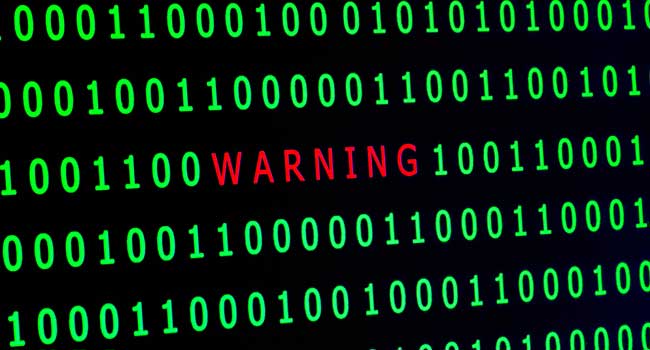
Trump Administration Releases VEP Charter to Increase Transparency
The Trump Administration released a new 14-page charter Wednesday detailing the Vulnerabilities Equities Process (VEP), which the federal government uses to determine if, how and when it tells private companies about zero-day security flaws.
- By Jessica Davis
- Nov 17, 2017
The Trump Administration released a new 14-page charter Wednesday detailing the Vulnerabilities Equities Process (VEP), which the federal government uses to determine if, how and when it tells private companies about zero-day security flaws. White House Cybersecurity Coordinator Rob Joyce emphasized in a blog post the importance of “improved transparency” and “accountability of the process and those who operate it”.
The unclassified document, “Vulnerabilities Equities Policy and Process for the United States Government,” sets out the workflow and equity considerations taken when the agencies involved “make determinations regarding disclosure or restriction when the USG obtains knowledge of newly discovered and not publicly known vulnerabilities in information systems and technologies,” according to the charter. The process, it adds, “balances whether to disseminate vulnerability information to the vendor/supplier in the expectation that it will be patched, or to temporarily restrict the knowledge of the vulnerability to the USG, and potentially other partners, so that it can be used for national security and law enforcement purposes, such as intelligence collection, military operations, and/or counterintelligence.”
According to Joyce, those who are part of the Equities Review Board “consider four major groups of equities: defensive equities; intelligence / law enforcement / operational equities; commercial equities; and international partnership equities.” The goal is to weigh the benefit to national security and to the national public by considering a wide range of questions across these equities. Some of the questions listed in the charter include:
- Are threat actors likely to exploit this vulnerability, if it were known to them?
- Is exploitation of this vulnerability alone sufficient to cause harm?
- How likely is it that threat actors will discover or acquire knowledge of this vulnerability?
- How much do users rely on the security of the product?
- How severe is the vulnerability? What are the potential consequences of exploitation of this vulnerability?
- What access or benefit does a threat actor gain by exploiting this vulnerability?
- If the vulnerability is disclosed, how likely is it that the vendor or another entity will develop and release a patch or update that effectively mitigates it?
- Can this vulnerability be exploited to support intelligence collection, cyber operations, or law enforcement evidence collection?
- If a patch or update is released, how likely is it to be applied to vulnerable systems? How soon? What percentage of vulnerable systems will remain forever unpatched or unpatched for more than a year after the patch is released?
- If USG knowledge of this vulnerability were to be revealed, what risks could that pose for USG international relations?
This move toward transparency comes after criticism toward the U.S. intelligence community for withholding details about critical vulnerabilities that have been used against businesses and consumers in attacks such as the WannaCry virus this year.
About the Author
Jessica Davis is the Associate Content Editor for 1105 Media.